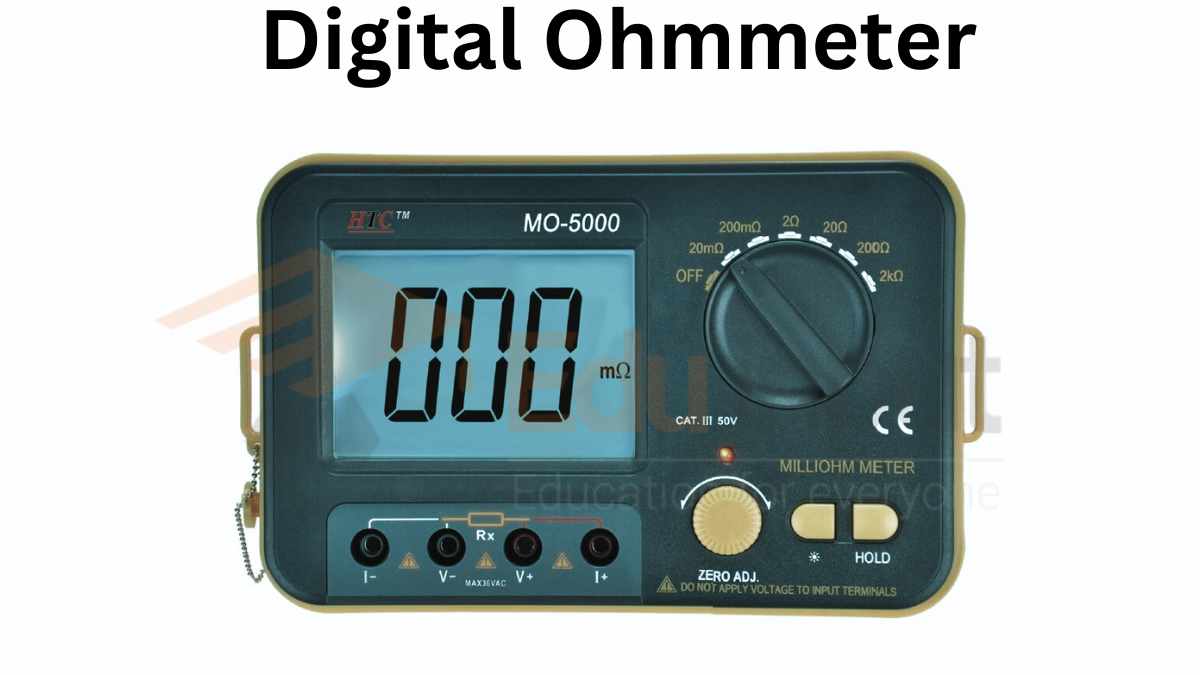What is Armature?-Definition, DC Motor Armature, And Windings
A component of an electrical machine that carries an alternating current is called an armature. It is known that armature windings conduct alternating currents on machines. It is possible to periodically reverse the direction of the current with the commutator action.
What is Armature?
An electric machine has a set of windings that are called the armature. The alternating current comes from either the commutator action or the electronic commutation of the windings. Depending on the type of electric machine, the armature can either be on the rotating part or on the stationary part.
When an armature is in motion, it produces an electromotive force. This force can be used to generate power or to create torque. When the machine is used as a motor, the force opposes the armature current and the armature converts electrical power to mechanical power. When the machine is used as a generator, the armature EMF drives the armature current and the shaft’s movement is converted to electrical power.
Generators usually have a rotating field magnet that’s part of the rotor, with a stationary armature that’s part of the stator. Both motors and generators can be built with either a stationary armature and a rotating field, or a rotating armature and a stationary field. The pole piece of a permanent magnet or electromagnet, and the moving iron part of a solenoid – especially if it acts as a switch or relay – may also be known as armatures.
Armature in DC Motor
There are two sources of magnetic flux in a DC machine: armature flux and main field flux. Armature reaction is the effect of armature flux on main field flux. It changes the distribution of the magnetic field, which affects how the machine operates. The effects of armature flux can be offset by adding a compensating winding to the main poles, or in some machines adding intermediate magnetic poles, connected in the armature circuit.
Armature Winding
The space between the rotor and the stator is called the air gap, and the coil that makes up the winding is spread out over it. There are as many paths between the brush connections as there are poles in the field winding in a “lap” winding.
In a “wave” winding, there are only two paths, and there is as many as half the number of poles. For a given rating of the machine, a wave winding is more suitable for large currents and low voltages. The design of the machine and its performance are influenced by the distribution of the windings and the number of slots per pole of the field.







Leave a Reply